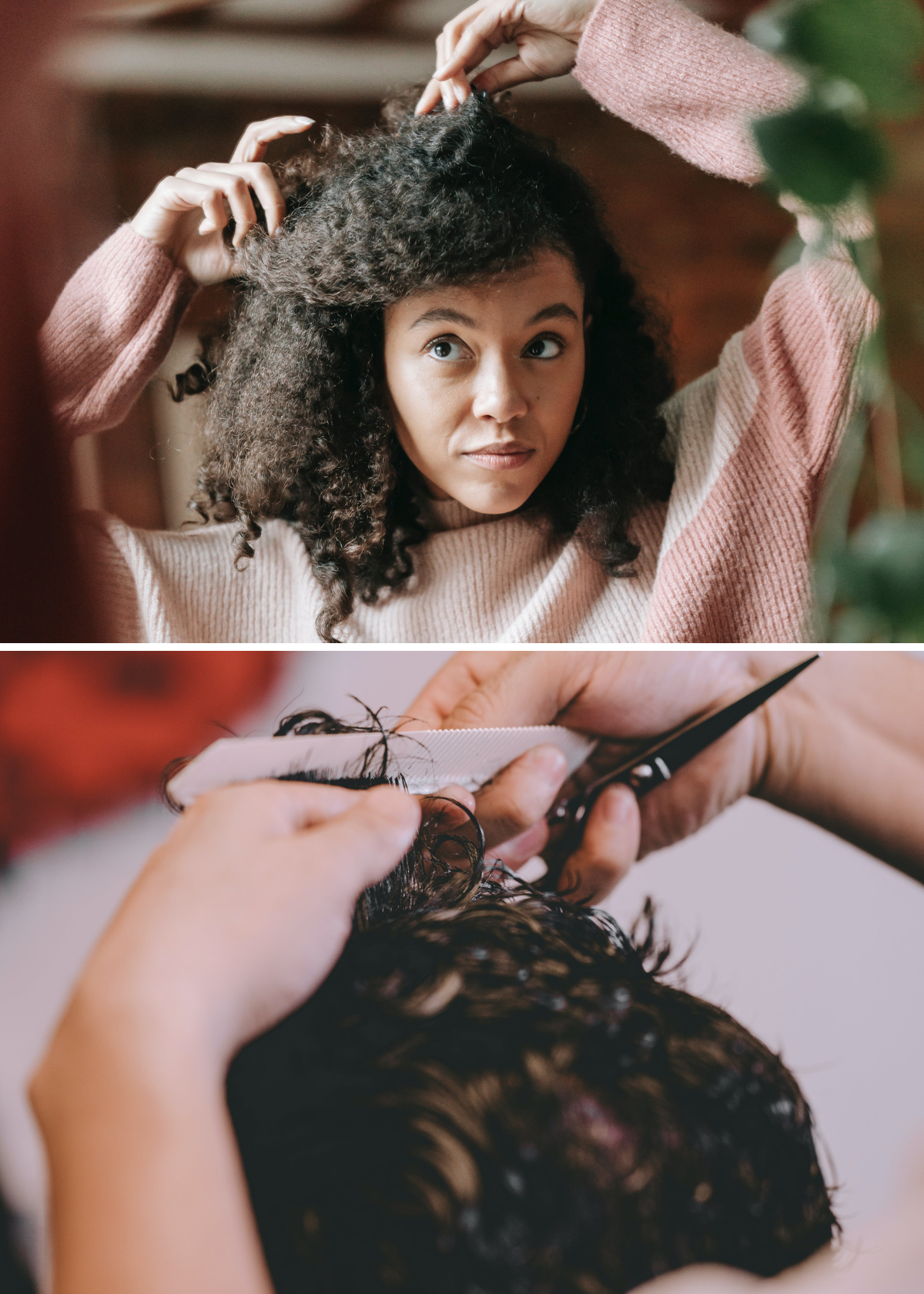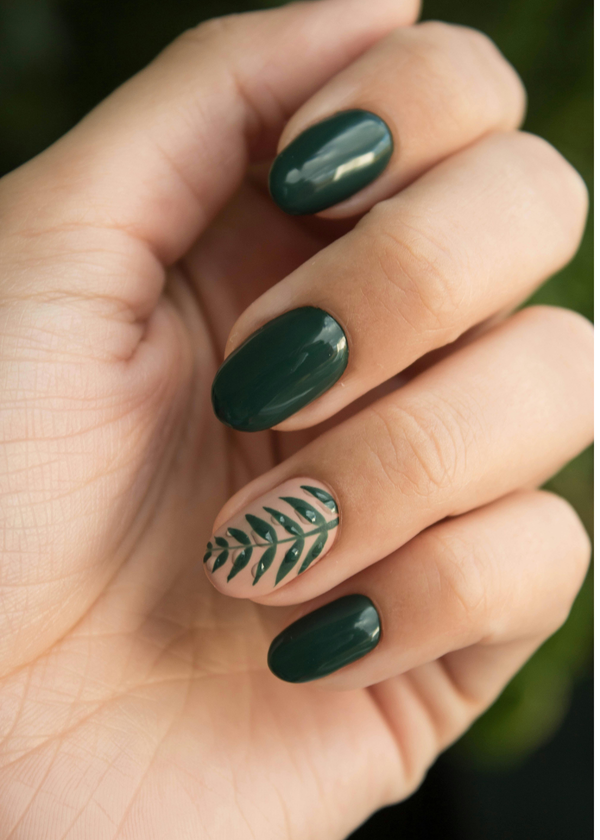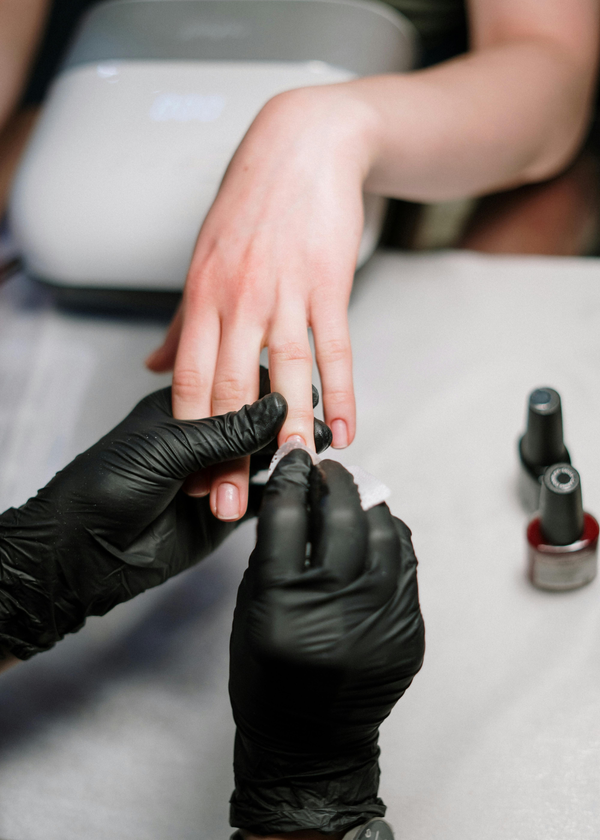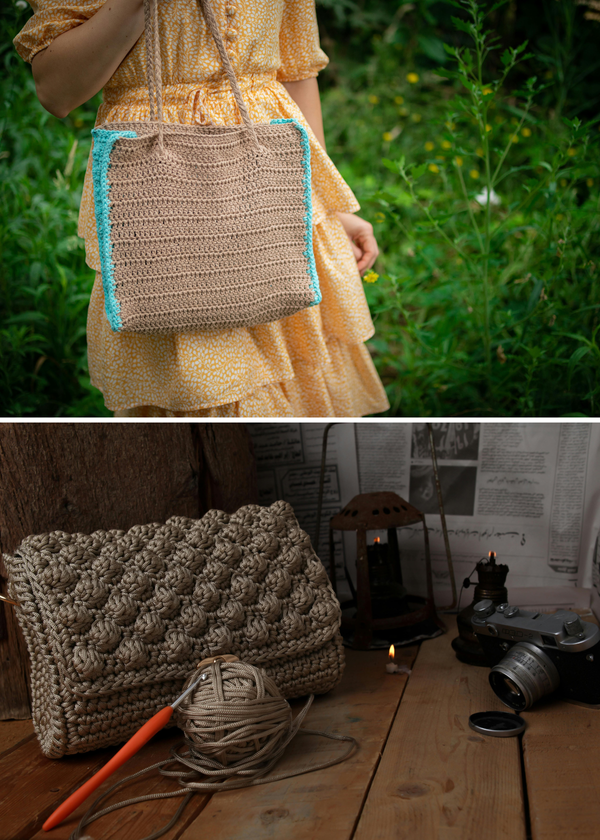Having luscious, healthy hair is a desire shared by many, but understanding its needs can be a bit elusive.
One crucial aspect of hair care that often goes overlooked is bonding. Hair bonding is not just a salon treatment; it's a fundamental element in maintaining strong and vibrant locks.
In this comprehensive guide, we'll explore the ins and outs of hair bonding and answer the burning question:
How do you know if your hair needs bonding?
The Basics of Hair Bonding
Before diving into the signs that indicate your hair may need bonding, let's establish a foundational understanding of what hair bonding is and why it's essential.
What is Hair Bonding?
Hair bonding refers to the process of strengthening and repairing the hair structure by using specialized products that promote the bonding of hair proteins. These products typically contain ingredients like keratin, amino acids, and other proteins that help rebuild and reinforce the hair shaft.
Why is Hair Bonding Important?
Over time, various factors can weaken the hair structure, including chemical treatments, heat styling, environmental stressors, and even everyday wear and tear. Hair bonding helps counteract these damages, preventing breakage, split ends, and overall hair deterioration. It enhances the hair's elasticity, strength, and resilience.
Signs Your Hair May Need Bonding
Now that we understand the importance of hair bonding let's delve into the indicators that suggest your hair may benefit from a bonding treatment.
Excessive Breakage
One of the primary signs that your hair may need bonding is excessive breakage. If you notice more hair in your brush or on the bathroom floor than usual, it could be a red flag. Hair that lacks proper bonding tends to be more prone to breakage, leading to increased shedding.
Split Ends
Split ends are another clear indication that your hair is in distress. When the hair cuticle is compromised, it can result in splits at the ends. If left untreated, these splits can travel up the hair shaft, causing further damage. Bonding treatments work to repair and seal the cuticle, preventing split ends from worsening.
Dull and Lackluster Hair
Healthy hair is characterized by its shine and vibrancy. If your hair appears dull and lacks its usual luster, it may be a sign that the cuticle is not smooth and intact. Hair bonding helps restore the natural shine by repairing the damaged cuticle, giving your locks a healthier and glossier appearance.
Unmanageable and Frizzy Hair
When hair lacks proper bonding, it becomes more porous and prone to absorbing moisture from the environment.
This can result in frizz and unruly hair. If your once-manageable locks have become difficult to style and control, it could be an indication that your hair needs bonding to restore its moisture balance and manageability.
Difficulty Retaining Length
If you find that your hair struggles to grow beyond a certain length, it may be due to frequent breakage. Weak and damaged hair is more likely to break off, hindering your efforts to achieve longer locks. Hair bonding treatments can strengthen the hair, allowing it to grow longer without breaking.
Assessing Your Hair's Needs
Now that we've identified the signs that your hair may need bonding, let's explore how to assess your hair's specific needs before deciding on a course of action.
Hair Texture and Type
Different hair types have varying degrees of susceptibility to damage. For example, fine hair may be more prone to breakage, while coarse hair might experience dryness and frizz.
Assess your hair texture and type to determine the most suitable bonding treatment for your specific needs.
Recent Chemical Treatments
If you've recently undergone chemical treatments such as bleaching, coloring, or perming, your hair may be in need of extra care.
Chemical processes can compromise the hair's structure, making it more susceptible to damage.
Regular bonding treatments can help counteract the effects of these processes and maintain the health of your hair.
Heat Styling Habits
Frequent use of heat styling tools like flat irons and curling wands can contribute to hair damage.
If you're a regular user of these tools, consider incorporating bonding treatments into your routine to protect your hair from the heat and prevent long-term damage.
Environmental Factors
Environmental factors, such as exposure to sun, wind, and pollution, can also impact the health of your hair.
If you live in an area with harsh environmental conditions, or if your hair is regularly exposed to these elements, bonding treatments can provide an added layer of protection.
Choosing the Right Bonding Treatment
Once you've assessed your hair's needs, the next step is to choose the right bonding treatment.
There are various options available, both salon-based and at-home treatments. Let's explore the choices and how to make the best decision for your hair.
Salon Bonding Treatments
Salon-based bonding treatments are often more concentrated and may provide immediate and noticeable results.
These treatments are usually administered by professional stylists who assess your hair's condition and tailor the treatment accordingly.
Common salon bonding treatments include Olaplex, Brazilian Blowout, and Redken pH-Bonder.
At-Home Bonding Products
For those who prefer the convenience of at-home treatments, there are numerous bonding products available over the counter.
These products typically include shampoos, conditioners, masks, and serums designed to strengthen and repair the hair.
Look for ingredients such as keratin, amino acids, and vitamins that promote hair bonding.
DIY Hair Masks
If you're a fan of DIY solutions, you can create your own hair bonding masks using natural ingredients.
Ingredients like avocado, egg, yogurt, and honey are known for their nourishing and strengthening properties.
While these may not be as potent as professional treatments, they can still contribute to improved hair health.
Incorporating Bonding into Your Hair Care Routine
Now that you've selected the right bonding treatment for your hair, let's discuss how to incorporate it into your regular hair care routine for optimal results.
Regularity is Key
Consistency is crucial when it comes to bonding treatments. Whether you opt for salon treatments or at-home products, follow the recommended schedule for application.
Regular use ensures that your hair receives the ongoing care it needs to stay strong and healthy.
Adjusting Styling Practices
In addition to bonding treatments, consider adjusting your styling practices to minimize further damage.
Use heat styling tools on the lowest effective heat setting, and incorporate protective hairstyles to reduce stress on your hair.
These adjustments, combined with bonding treatments, can contribute to overall hair health.
Hydration and Nutrition
Hair health is not only about external treatments but also internal care. Stay hydrated by drinking an adequate amount of water, and ensure your diet includes essential nutrients like vitamins, minerals, and proteins.
A well-hydrated and nourished body contributes to healthier hair.
Monitoring Progress
As you incorporate bonding treatments into your routine, it's essential to monitor the progress of your hair's health.
Keep an eye on the following factors to gauge the effectiveness of your chosen bonding regimen.
Reduction in Breakage
If the bonding treatment is effective, you should notice a significant reduction in hair breakage.
Less hair in your brush and on the bathroom floor indicates that the treatment is strengthening your hair and preventing unnecessary shedding.
Improved Texture
Over time, your hair's texture should improve. It should feel smoother, softer, and more manageable.
If you've been dealing with frizz or roughness, these issues should gradually diminish with consistent bonding treatments.
Increased Shine and Luster
One of the visible signs of healthier hair is an increase in shine and luster.
As the bonding treatment repairs the cuticle, your hair will regain its natural sheen, giving it a healthier and more vibrant appearance.
Enhanced Elasticity
Healthy hair is flexible and elastic. If your hair has been prone to snapping or feeling brittle, you should notice an improvement in elasticity with regular bonding treatments.
This indicates that the treatment is restoring the strength and resilience of your hair.
Conclusion:
In conclusion, understanding whether your hair needs bonding involves recognizing the signs of damage and assessing your hair's specific needs.
Regular bonding treatments, whether administered in a salon or at home, can work wonders in repairing and strengthening your hair.
By choosing the right treatment, incorporating it into your routine, and monitoring your hair's progress, you can achieve the vibrant, healthy locks you've always desired.
Remember, a little extra care goes a long way in maintaining the beauty of your hair.








